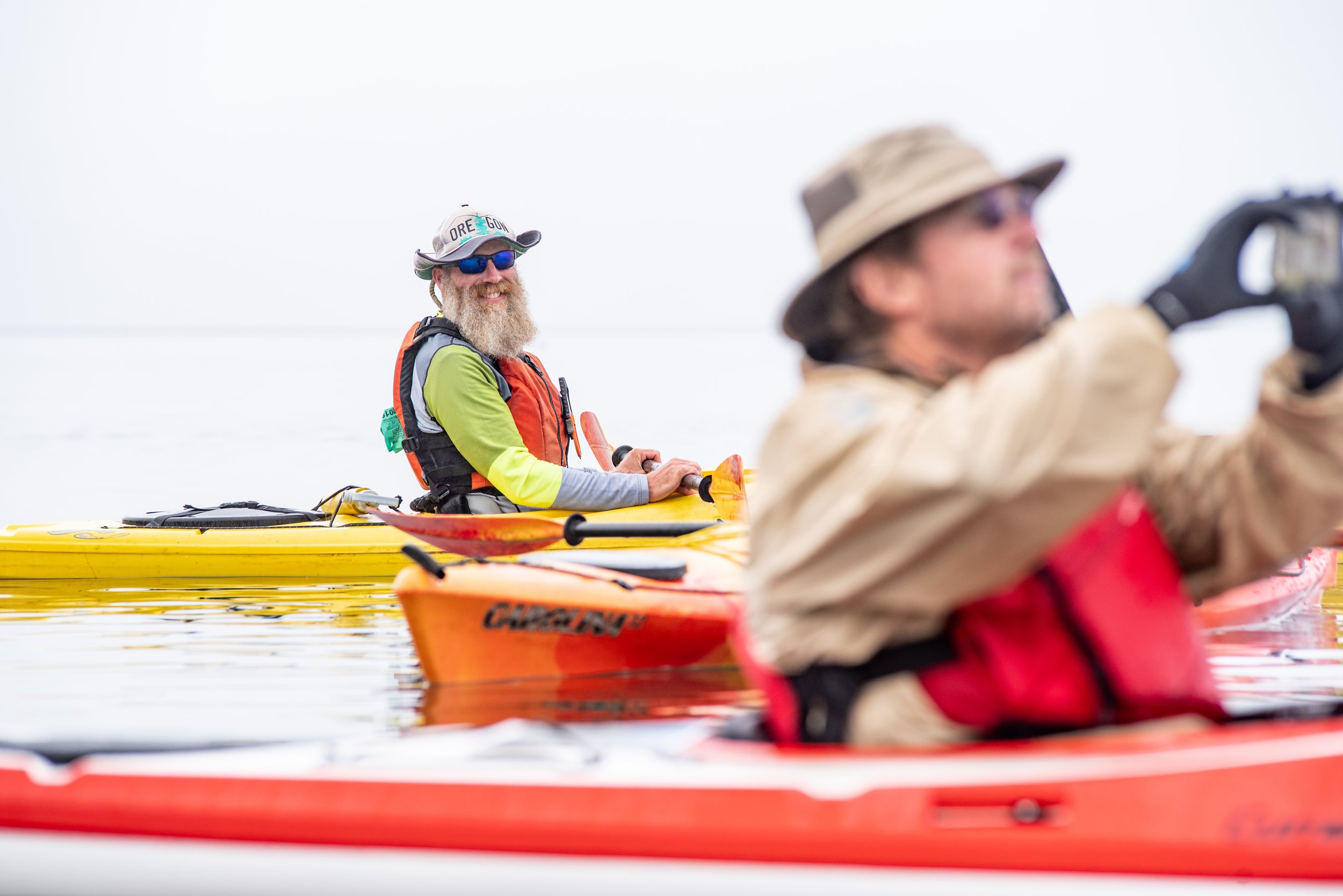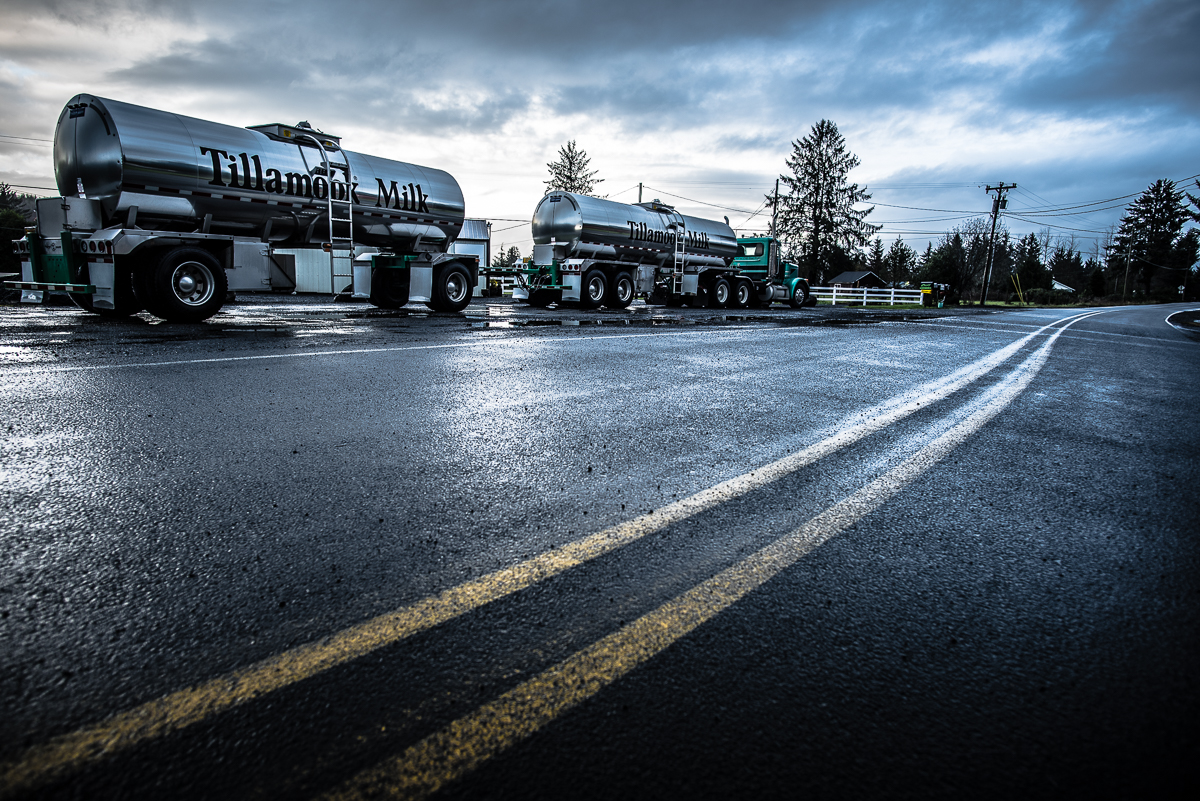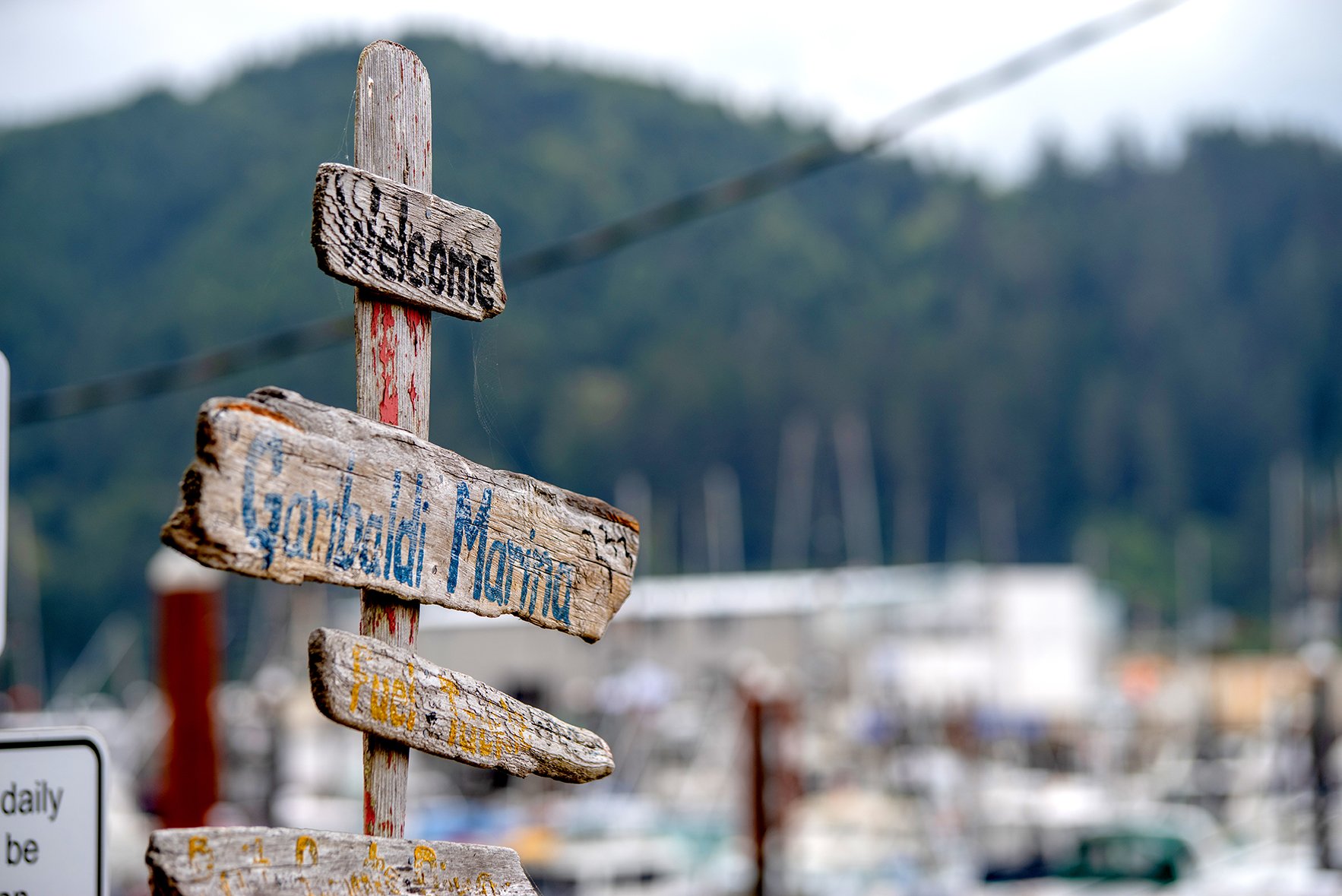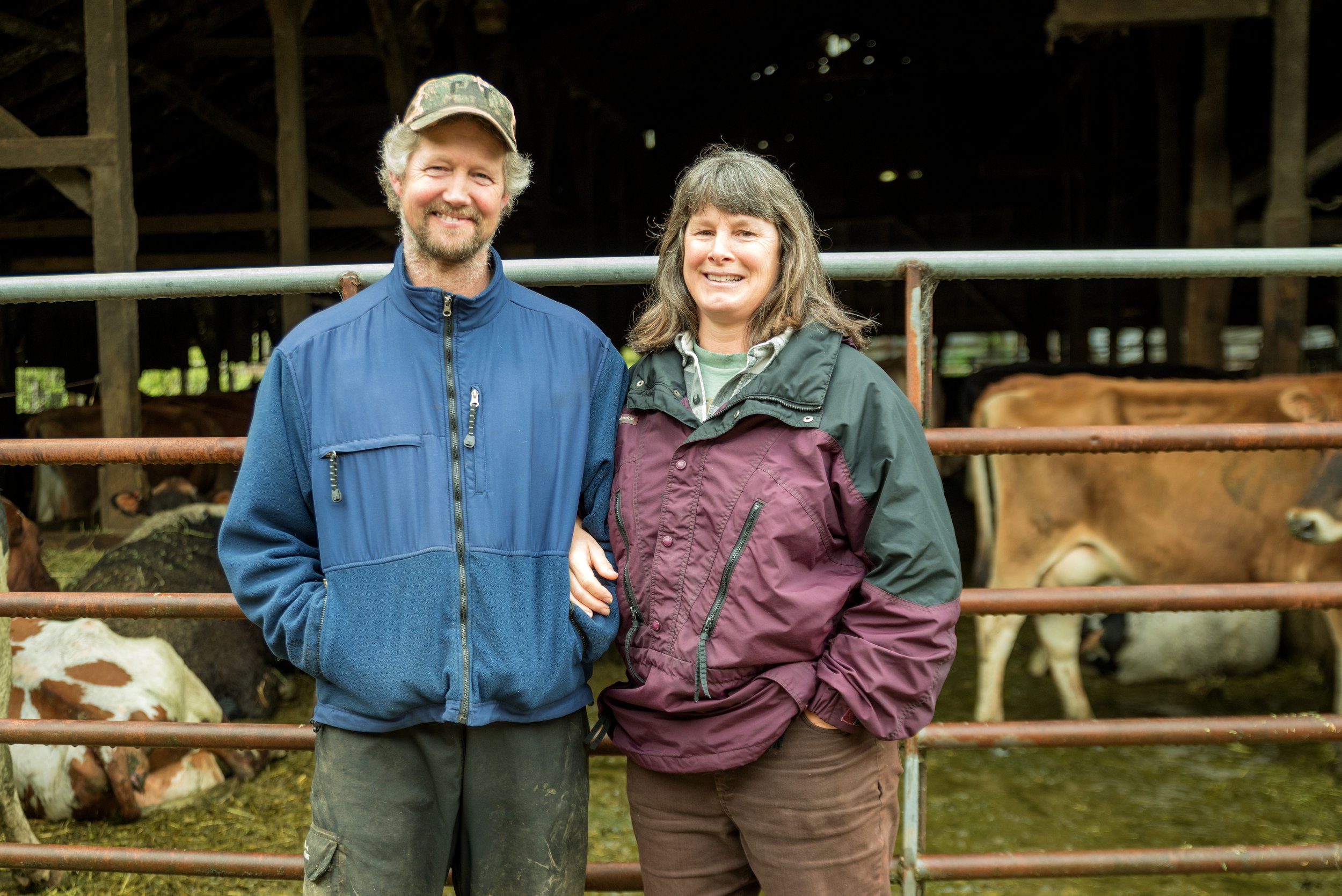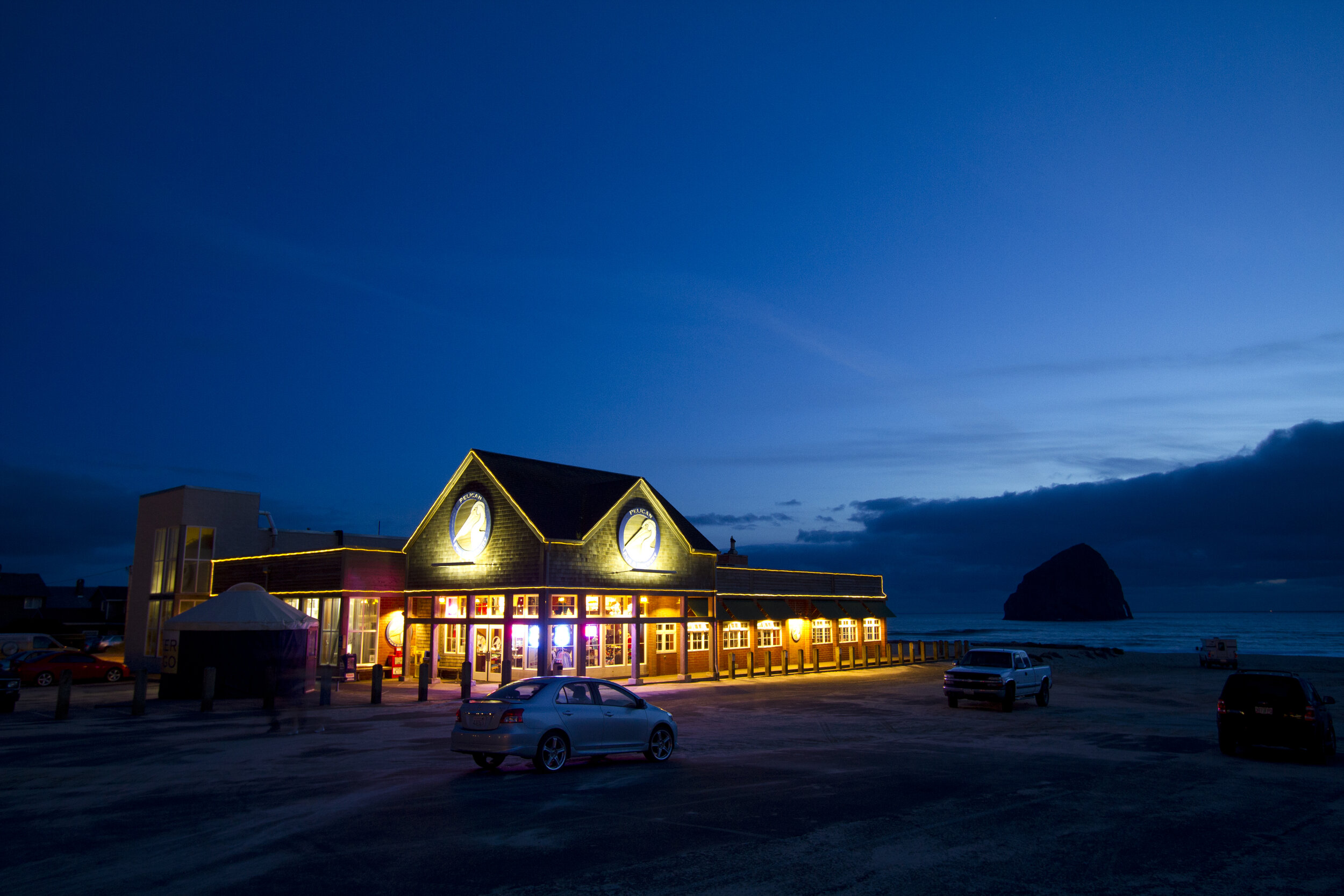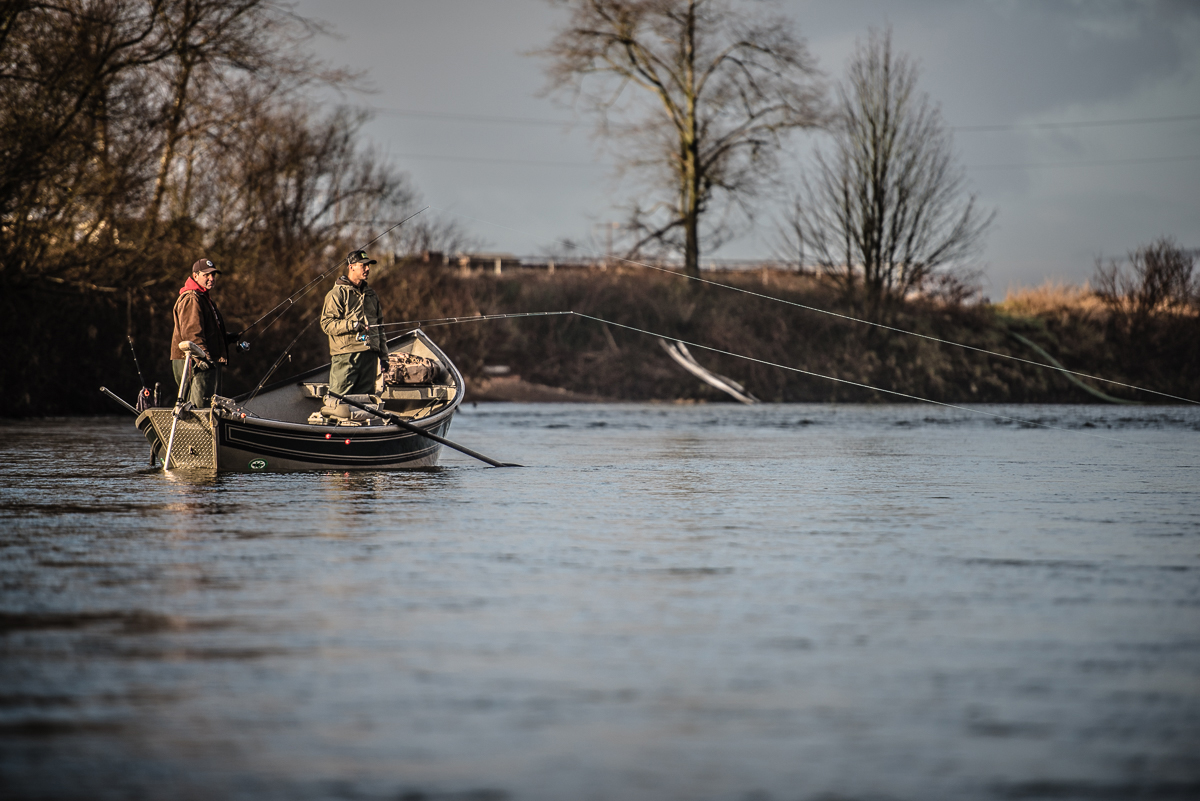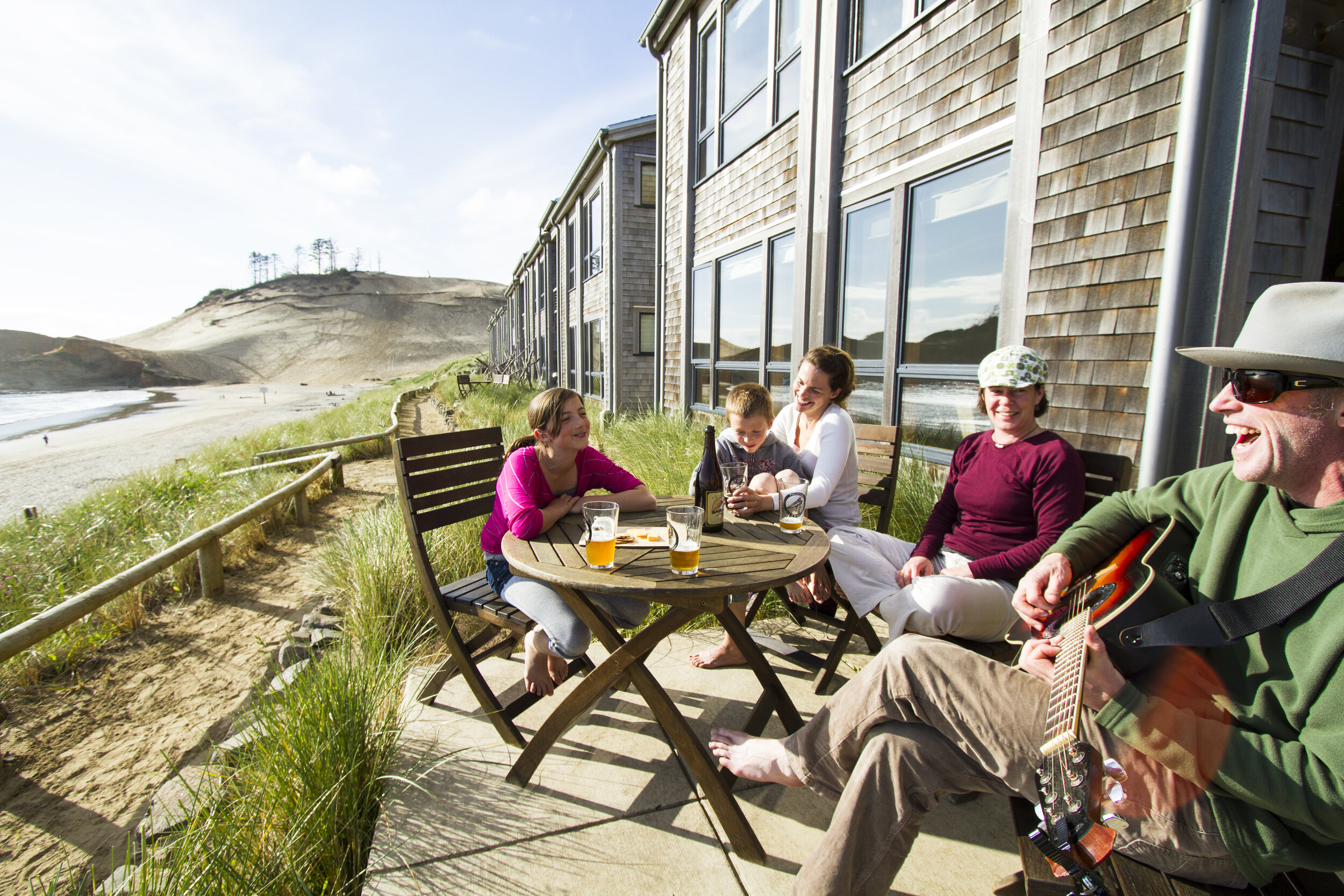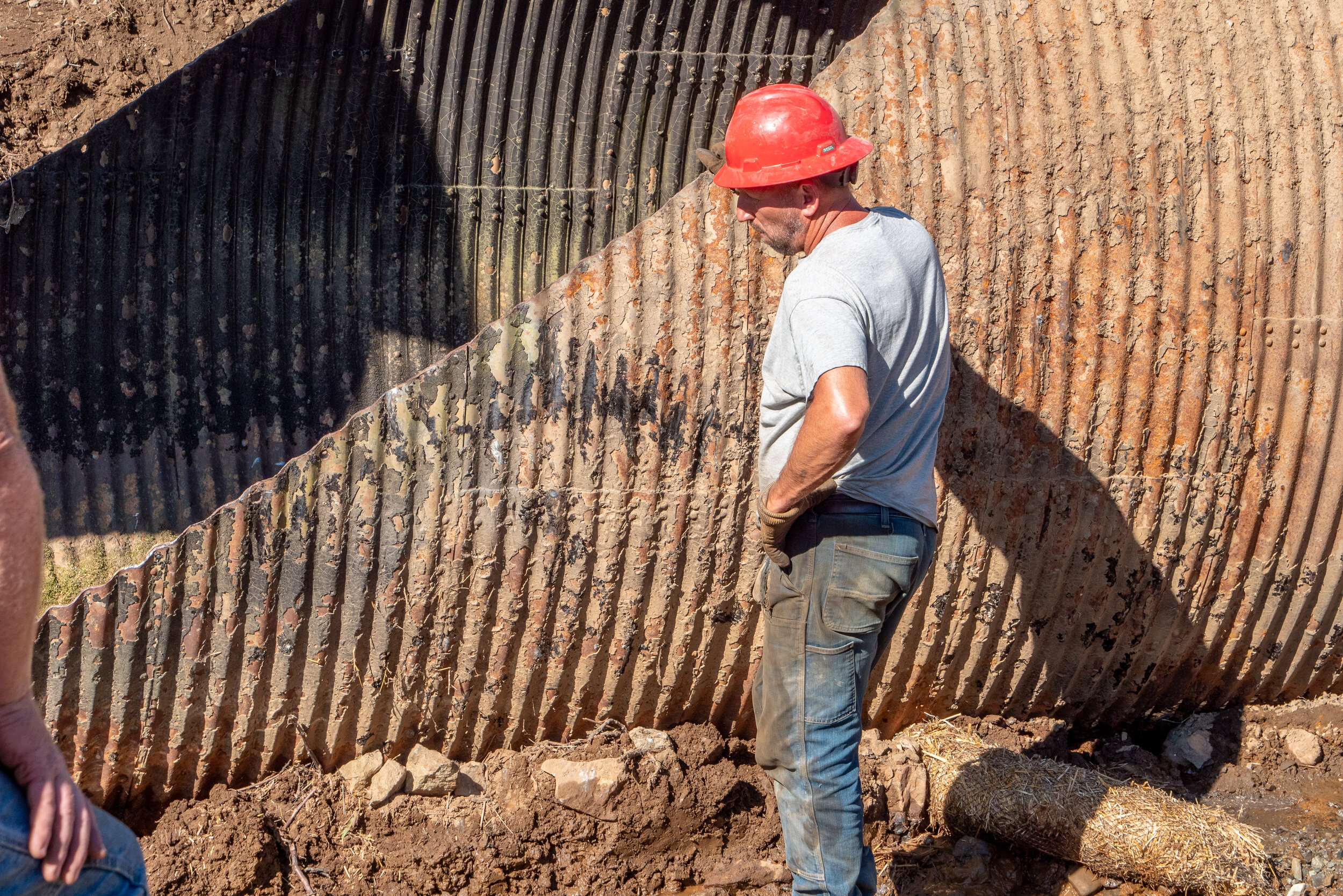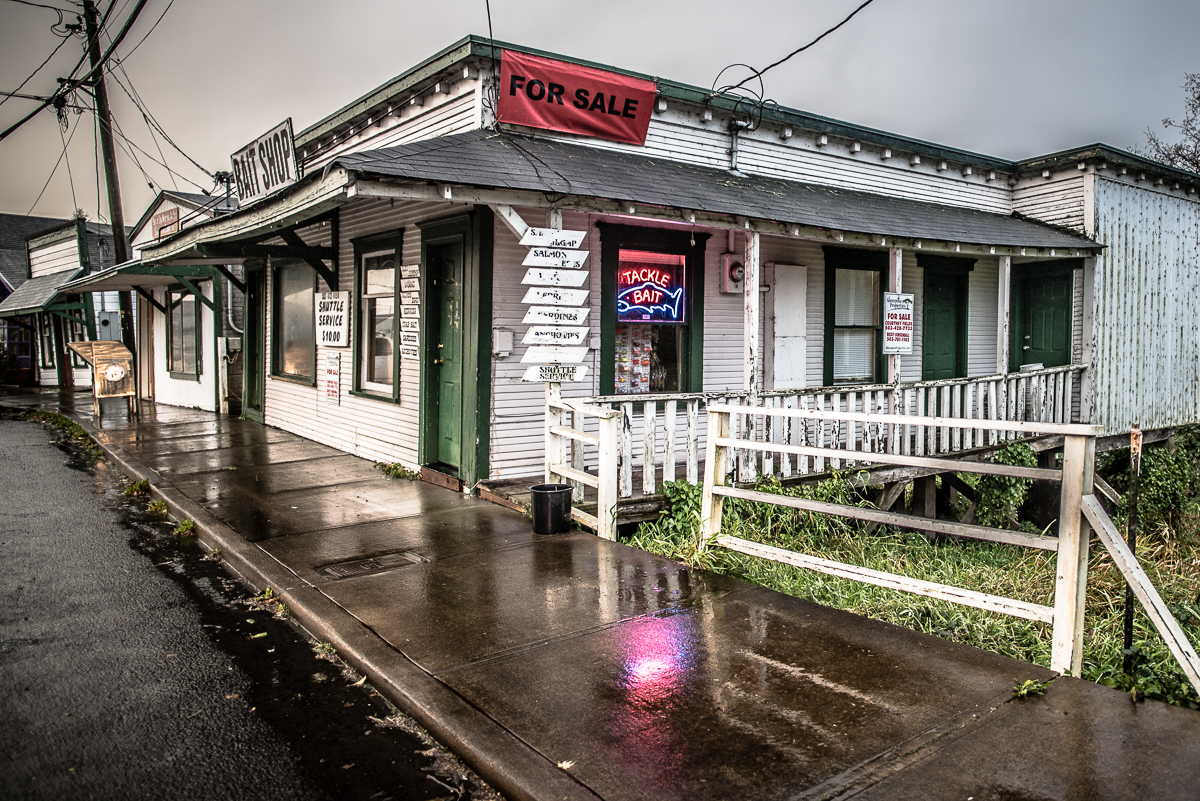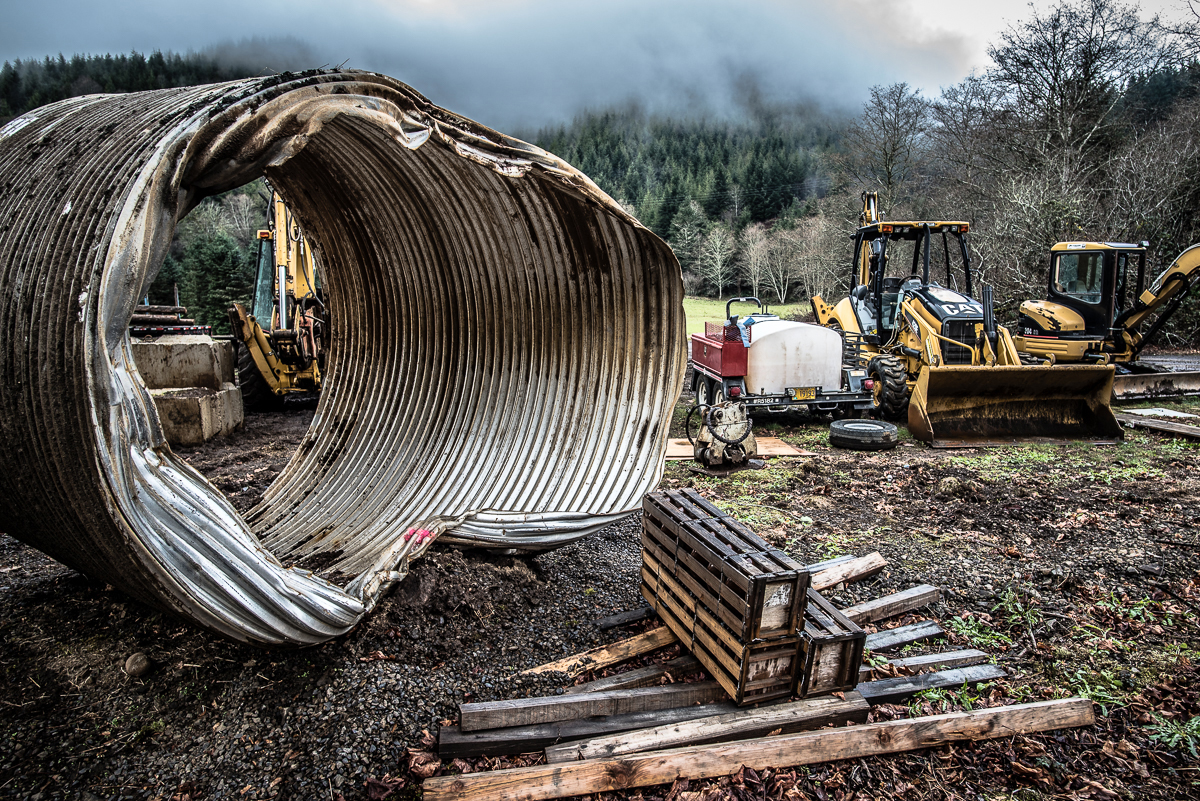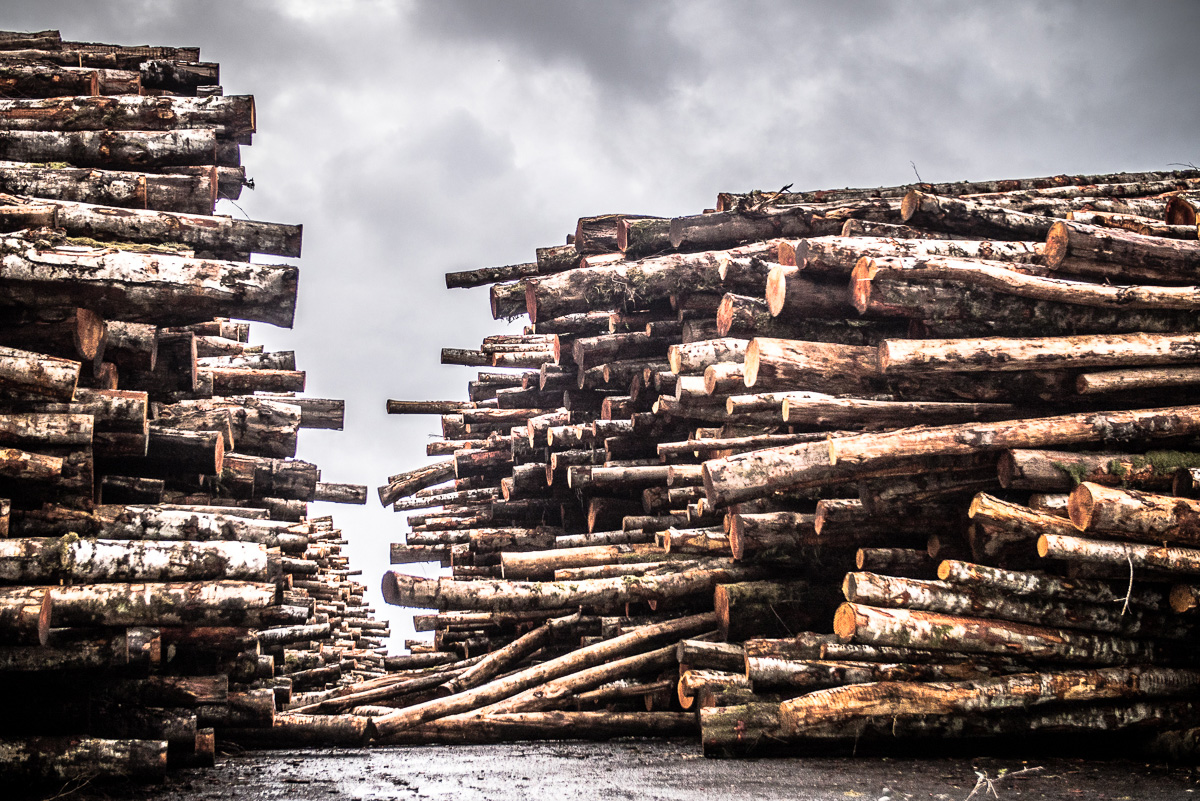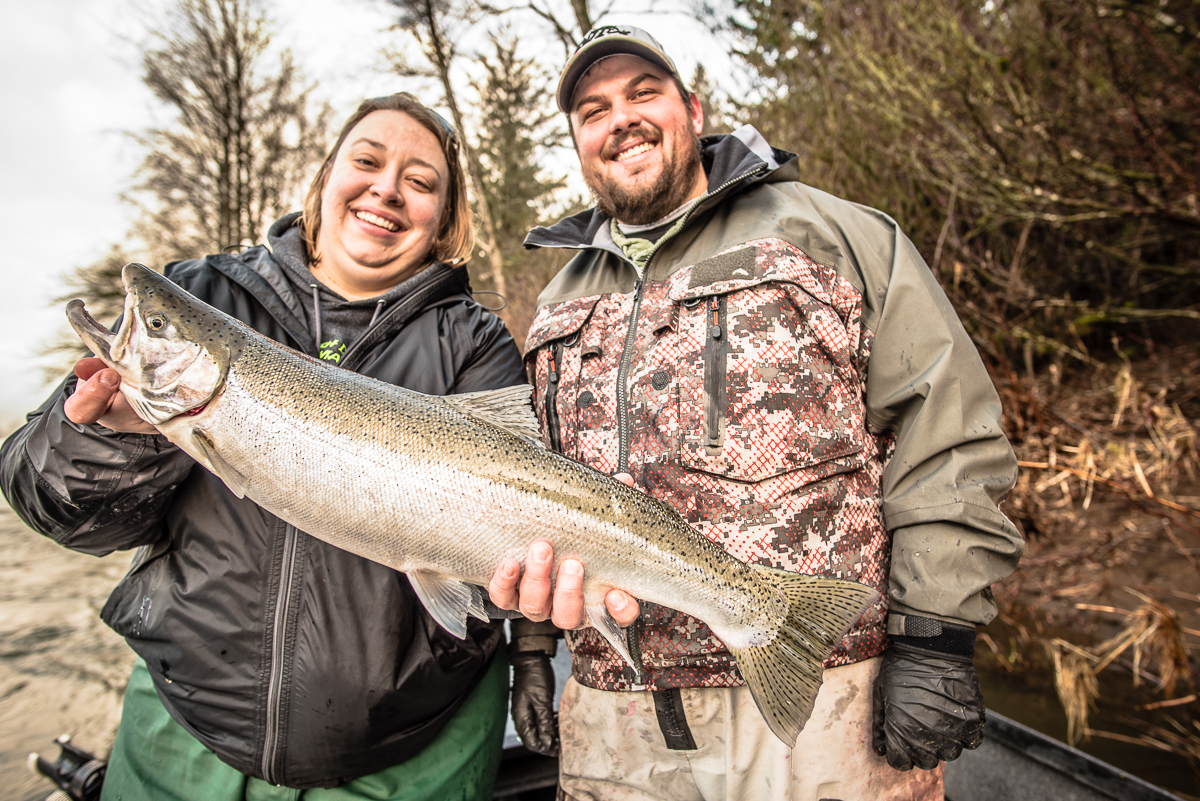Economy
Tillamook County's economy today is built on a foundation of dairy and agriculture, forest products, fishing and, increasingly, tourism. Tourism on the North coast accounted for $825 million of Oregon's $13.9 billion tourism economy in 2022 and supports some 9,160 jobs, sparking renewed efforts within Tillamook County to attract more out-of-town visitors to support a transitioning economy*. At the same time, ag and forest products sectors in Tillamook County are not being replaced by tourism at the rates they are in some neighboring coastal counties, indicating a balance of increased tourism along with continued reliance on forest products, agriculture and outdoor recreation will continue to drive Tillamook County's economy moving forward.
The Salmon SuperHwy project's focus on fixing problem culverts and other fish barriers supports each of these economic sectors in real and lasting ways:
The Salmon SuperHwy has invested $19 million over the last 10 years in the economy of Tillamook County through our fish passage work. We expect to invest nearly $20 million in the coming few years to finish the projects on our priority list.
A stable and reliable road infrastructure is critical to the ag and dairy industries of Tillamook County and the North Coast. Surface roads and local highways are the supply lines for farms and for commodities and products to reach markets. That’s why Tillamook County Public Works remains a core partner in our work – we build win-win outcomes for people and fish.
The Salmon SuperHwy investments have already created 314 jobs in our region, and we plan generate another 200 in the coming years, building Oregon’s restoration economy.
Visitors to the North Coast spent about $825 million in 2022, an increase of nearly 19% over the last 10 years, despite a brief downturn during the recent pandemic.
Tourism supports about 9,160 local jobs on the North Coast.
Money spent by visitors to the North Coast in 2013 generated some $18.4 million in local tax revenue and $26.1 million in state taxes.
By upgrading roads and promoting stewardship of natural resources that attract visitors — like fish and rivers — the Salmon SuperHwy supports important growth for the local economy.
*Oregon Travel Impacts 2003-2022, Dean Runyan and Associates

